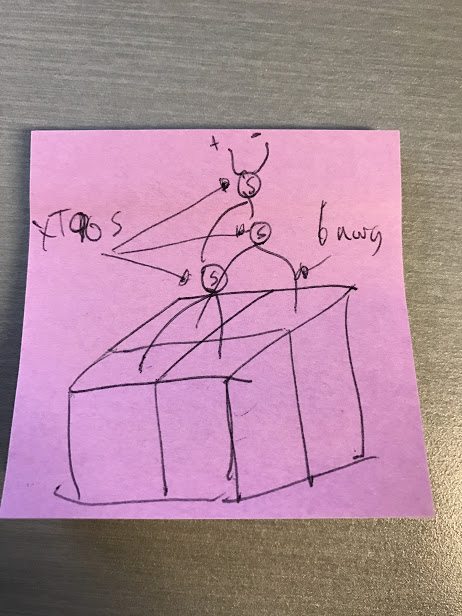jackjetful said:
5.6OHM seemed to be to less to charge the capacitors of the Kelly. I think they would charge up to fast; this could damage them. I also don't know how many watts the 5.6OHM Resistor has.
Certainly not enough Watt rating to forget the connector plugged less than halfway in... It would melt after a few minutes (exemple : https://electricbike.com/forum/forum/main-forum/general-discussions/5922-something-weird-happened-to-my-xt-90s-connectors) ....
Watch how this XT-90S really works....
[youtube]X71Suakve6A[/youtube]
The resistor in XT-90S is 5.6 Ohms.
Now suppose a 50 milliohm for ESR (equivalent series resistor) for the completly empty capacitor inside your controller (Rcap = 0.05 Ohm)
Suppose another 50 milliohms for internal resistance of a 14S 58.8V battery (Rbatt = 0.05 Ohm).
Series resistance add up : so less than halfway inserted, the XT-90S connector would yield a total resistance of Rt = 5.6 Ohms + 0.05 Ohms + 0.05 mOhm = 5.7 ohms
Now, plug in your 14S fully charged 58.8V battery less than halfway into the XT-90S connector...
Yes, the resuting current is much lower (for a millisecond or so during connector inserstion, but that's enough to charge to complet charge the cap), thus no spark....
In detail, : I= V/Rtot = 58.8V/5.7 ohms =10.3 amps --> NO SPARK (instead of 58.8V/0.1 Ohm = 588 A surge - big spark!!!)
But, how many watts through that XT-90S connector resistor ???
Voltage across the 5.6Ohm XT resistor is Vxt = Rxt/Rt x Vtotal = 5.6/5.7 * 58.8 = 57.8V
And since P = V x I = 57.8V * 14.3 A = 826.5 Watts !!!!!



So I assume it wont melt for just a millisecond (befor full neglectible resistance connection is made once fully inserted) .... But dont leave your connector just partially plugged in !!!! :
The resistor is certainly NOT rated for that many watts !!!
See calculation logic here :
[youtube]WNPFyqkDn6Q[/youtube]
Problem is, IF you forget the connector halfway in or less thant halfway in, IT WILL MELT.


